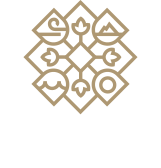Traditional Viticulture
Kefalonians’ involvement with viticulture is lost in the mists of time, reaching the myth of Kefalos, who first brought vines to the island, to remind him of his Athenian origin. In recent history, references in local records begin in 1520 and continue down to this day, proving the inextricable cultural link as well as the lifeline between viticulture and the local population.
Farming methods applied today by the winegrowers of “OREALIOS GAEA” follow—for the most part—local tradition, as this form of exploitation of land has remained the same for centuries.
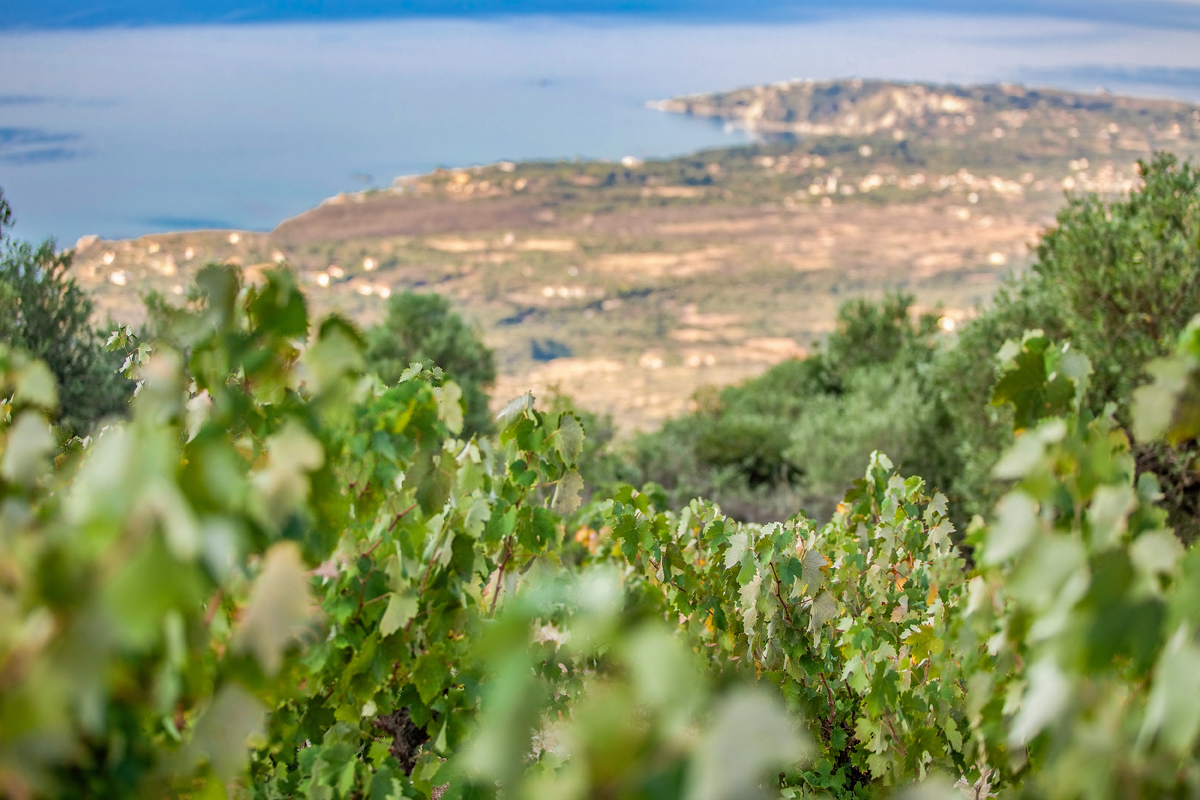
Farming Practices
The semi-mountainous terrain, with its steep gradients on which most vineyards of “OREALIOS GAEA” are located, is a deterrent against any attempt at mechanized farming. Thus, most viticulture tasks are performed manually and require intensive involvement and care by the winegrowers. Most vines have a planting distance of 1.6m x 1.6m and are arranged in a low cup-shaped form with 4-6 branches and 8-14 buds per vine.
The mild farming methods, combined with the area’s microclimate, contribute to the typical characteristics of Robola: its subtle aromatic presence, metallic sharpness, unique acidity, full-bodied and balanced flavor, while also help in addressing vine diseases with a minimal use of pesticides.

Organic Farming
“OREALIOS GAEA” has anticipated the switch in oenophile preferences to organic wines, and—since 1999—started adapting 10% of its vineyards according to the conditions and requirements of Organic Farming. The results of this successful endeavor can be enjoyed by trying the ΤRUTH label, the organic version of Robola, which reveals the variety’s unique character.
With faith in Kefalonian vineyards
The winegrowers of “OREALIOS GAEA” may be devoted to Robola, but do not overlook the value of the other varieties hosted in our vineyards, such as the Moscato, Moscatella, Vostilidi, Tsaousi and Mavrodafni. With the same passion,
they use their knowledge and experience to properly farm and vinify the equally unique wines produced by these varieties, supporting the effort to revive the island’s vineyard and to promote varieties with their own tradition and identity.
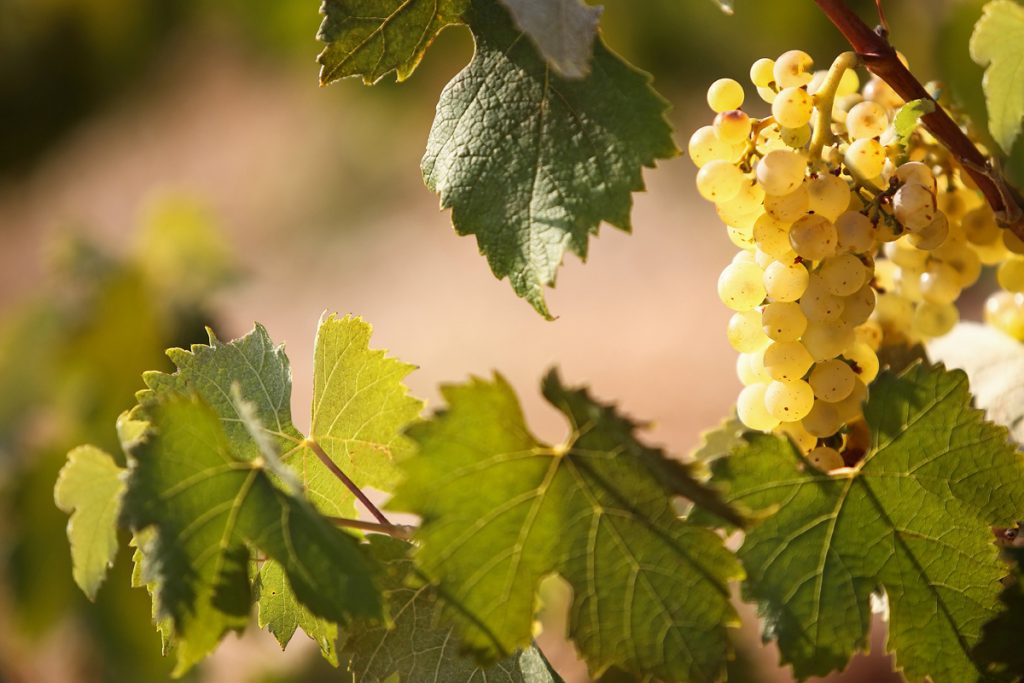
Vostilidi: The master of August
(PGI wine)
An ancient Greek variety which most likely originates from Theiako—a variety recorded since the Homeric Age. The name Vostilidi is a corruption of the name Avgoustolidi, related to its August harvesting. Despite the fruit’s white appearance, the exuberant tannins which characterize it suggest that one of its ancestors was a red variety or that the Vostilidi itself was an ancestor of red varieties. Crisp, with sour apple and lemon notes, the wine produced by the variety has a vivid, summery, refreshing mood and a pleasant acidity which awakens the senses.
The People
«Truthfully, I vow to have said it all,
respectfully, for Robola is the place I’m coming from.»
-«Lixouri in 1836» Andreas Laskaratos
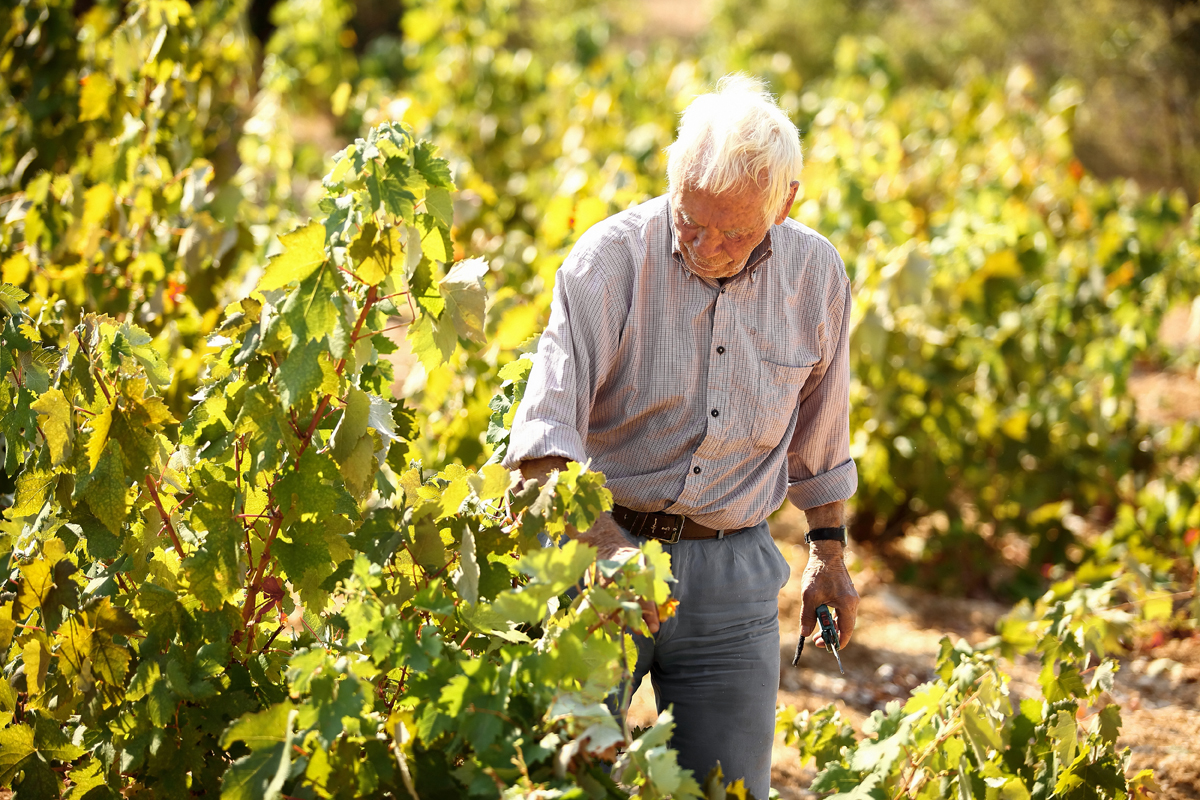
The life of the people who lived and continue to live on Kefalonia is linked to viticulture, as it represents one more element of the unique “cultural terroir” distinctive of Kefalonia, along with the Venetian traditions, the Libro D’ Oro, the music, the Byzantine monasteries, the Patron Saint Gerasimos, the rare Kefalonian Elati, the wild horses of Mt. Ainos, the Melissani cave and many more examples which confirm the theory that culture is the result of both human intervention and the landscape, which inspires humans to create!
Viticulture on the island of Kefalonia goes back to the age of the myth of Kefalos, who introduced it to the island, while the first written testament to the Robola variety appears in 1520, on an inventory of ecclesiastical property, as well as on a letter to the island’s Latin Bishop (1547) and on descriptions by an Italian sightseer (1557). The presence of viticulture in Kefalonians’ life continues until today as a tradition that is interwoven with everything—from simple, human moments, to the island’s customs.
Growing up in this “cultural terroir”, the winegrowers of “OREALIOS GAEA” are bearers and servants of a heritage that knows vines first hand, which knows its weaknesses and strong points, the toil it requires to “present its best self” and the joy it offers when this toil becomes a unique, fragrant wine that puts a smile on the face of all those involved in its production.
Vinification
The precious fruit of the Kefalonian vineyard arrives at the “OREALIOS GAEA” winery, to be transformed into rich, delicious wines.
Grape harvesting starts around August 15 from the vineyards on the slopes of Mt. Ainos and ends around September 15 with the vineyards on the plateau. The maturity of grapes is checked constantly and thoroughly, for a fully planned harvesting. Grapes are collected into small 20-kilo containers, so that the harvesting products arrive at the winery intact within a few hours.
The winery is located at the heart of the Robola zone, near the Monastery of Agios Gerasimos. Although built according to local traditional architecture, it is equipped with the most modern means of vinification and packaging.
It features machinery for the collection, destemming, and crushing of grapes, with cooled pneumatic presses for their mild processing, a complete system for controlled fermentation with cooling, an underground cellar with oak barrels where the Robola wine is aged and an automated bottling line in an inert gas atmosphere.
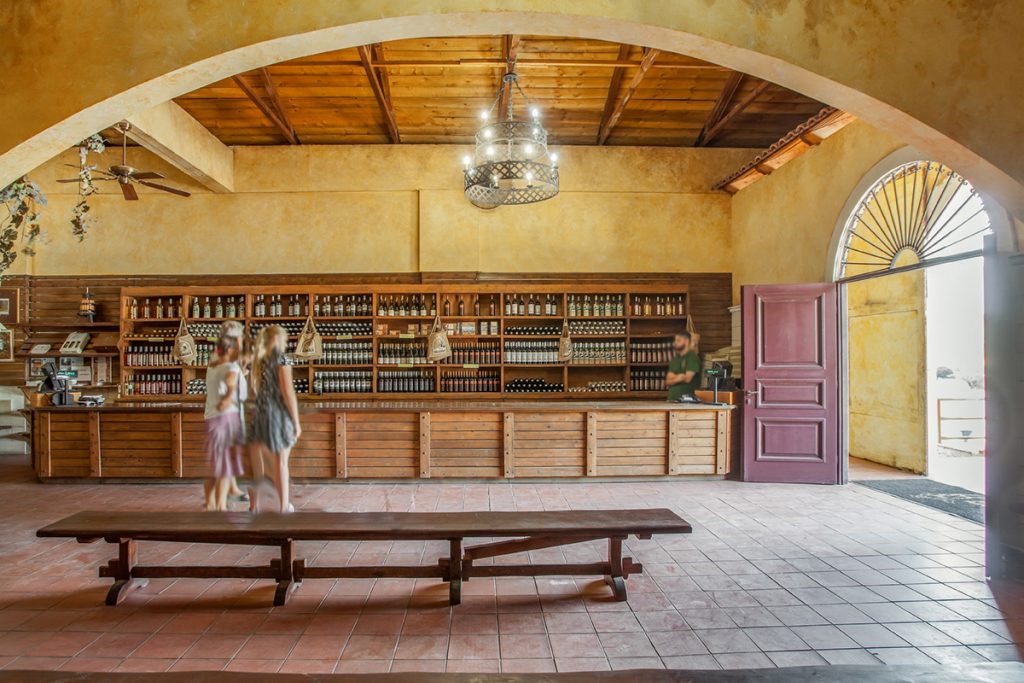
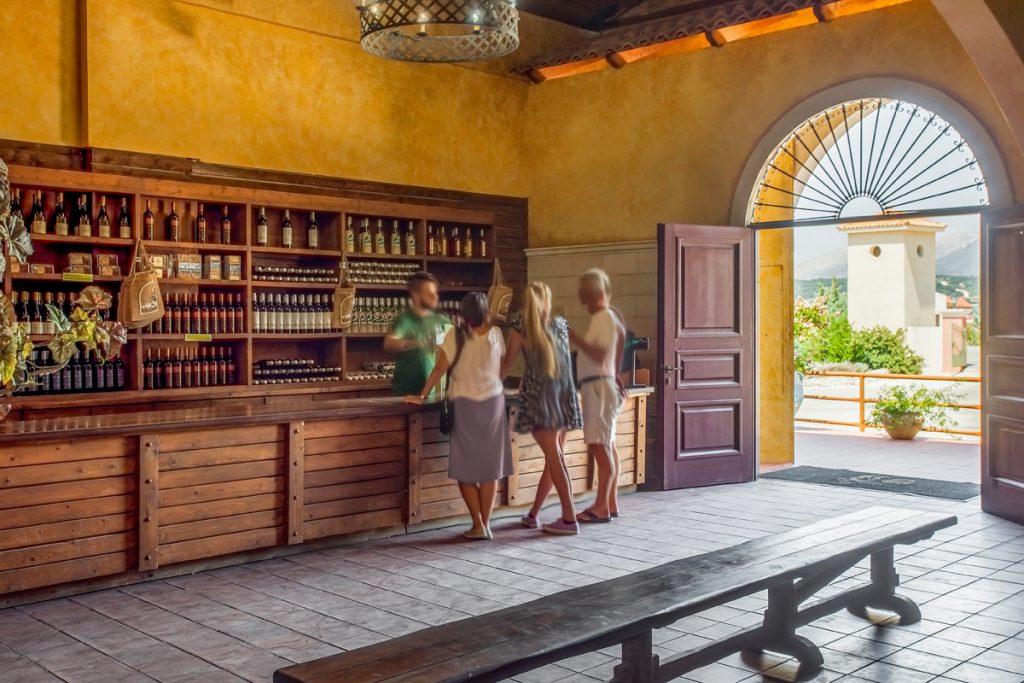
The vinifying production processes of Robola and other Kefalonian varieties have a centuries-old history which continues to this day. Robola, as an important yet delicate variety, requires particular care and protection before giving us its wonderful varietal characteristics: its fruity aroma, metallic sharpness, and unique acidity.
The vinification process has the constant and stable goal of highlighting these particular and unique characteristics of Robola and other Kefalonian varieties. The people of “OREALIOS GAEA” are always open to the new paths offered by new technologies, both in viticulture and vinification. A meteorological station has already been installed to provide winegrowers with relevant data, while a collaboration with technological and academic institutions has been established, for the research and development of new techniques.

